Modern hearing aids include incredibly advanced and sophisticated technology to help people with hearing loss follow conversations and enjoy music, nature, and life’s sounds with comfort and clarity. If your hearing evaluation and consultation indicate that you’re living with significant sensorineural hearing loss, your hearing care professional is likely to recommend digital hearing aids. Thankfully, modern hearing solutions are nothing like the large and clunky ones from days gone by!
· Microphone Captures sound from the environment and converts it into electrical signals
· Amplifier Increases the strength of the electrical signals received from the microphone
· Speaker (Receiver) Converts the amplified electrical signals back into sound and sends them into your ear.
· Battery Powers the hearing aid, available in both disposable and rechargeable options.
· Computer Chip Processes sounds, filtering out background noise, enhancing speech, and adapting to different listening environments.

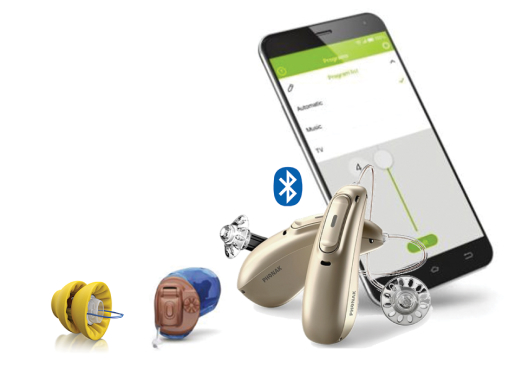
People with hearing loss often struggle with background noise. Modern digital hearing aids can differentiate between speech and background noise, amplifying speech while reducing background noise. This enhances listening comfort and speech understanding in noisy environments.
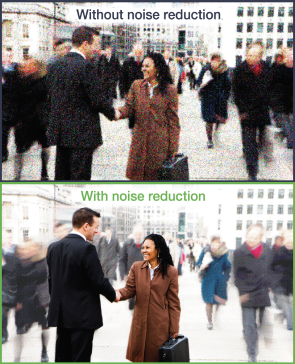
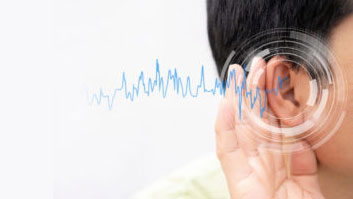
The most basic function of a hearing aid is to amplify sound. With the introduction of digital technology in the late 1990s, hearing aids can now do this in increasingly sophisticated ways. Modern hearing aids break sound into multiple frequency bands – up to 64 in the most advanced models – and amplify each band as needed to restore normal hearing levels.
Traditional hearing aids often struggled in noisy environments. Modern hearing aids use multiple microphones to pinpoint the location of sounds, amplifying speech from the front and suppressing noise from the sides and behind. The latest hearing aids can scan the environment in 360 degrees and amplify desired sounds instantly, regardless of direction.

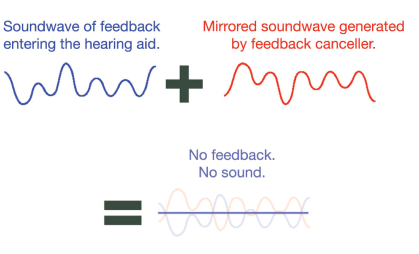
The whistling sound (feedback) historically associated with hearing aids has been greatly reduced. Digital hearing aids detect the frequency of the feedback and counteract it within fractions of a second, eliminating the annoying and embarrassing whistling.
Modern “open-fit” hearing aids do not block the natural passage of sound through the ear canal. They use thin tubes and smaller cases that are barely visible, providing a comfortable and discreet solution without the “talking in a barrel” sensation.
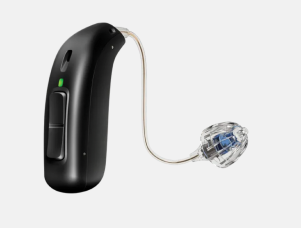
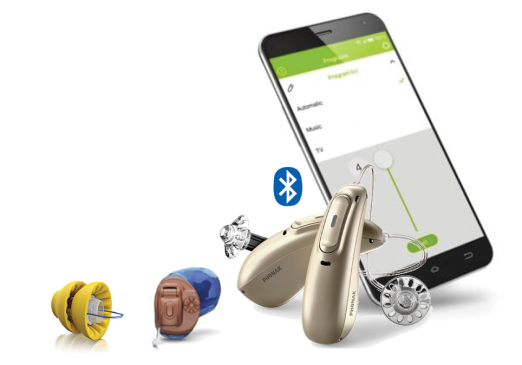
Advanced hearing aids allow users to change settings via a button, remote control, or smartphone app. The most advanced models automatically adjust settings based on the environment, ensuring ease of use without manual intervention.
Many modern hearing aids use Bluetooth technology to stream sound from smartphones, digital radios, televisions, and other devices directly into the hearing aids, providing stereo sound and enhanced usability.
Rechargeable hearing aids eliminate the hassle of inserting and disposing of batteries, offering a convenient and eco-friendly solution.
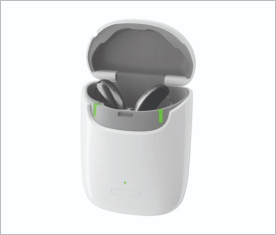
© Copyright 2025. Hear-Care All Rights Reserved.